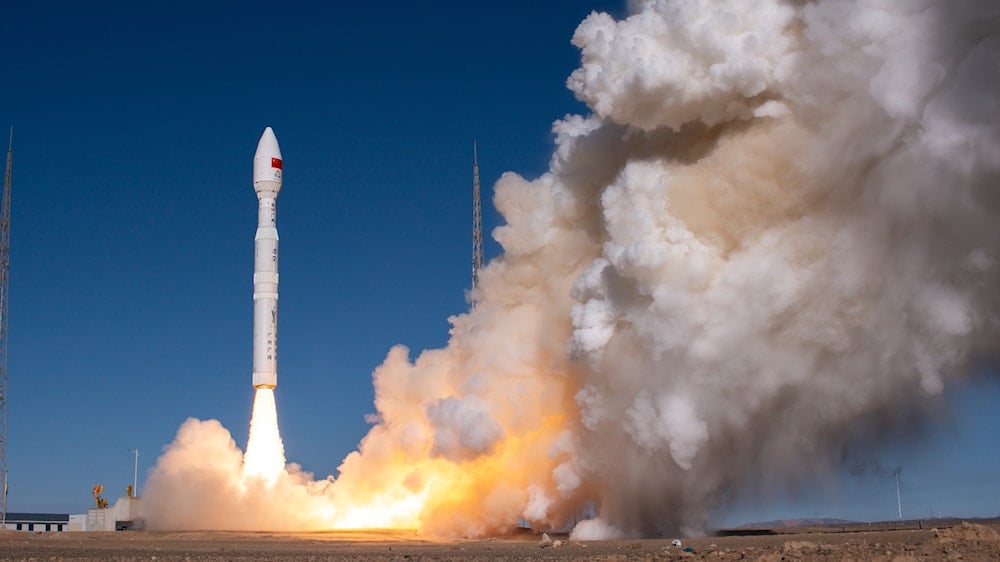China’s Lijian-1 Y9 carrier rocket places two satellites into orbit
China successfully launches the Lijian-1 Y9 carrier rocket from the Dongfeng pilot zone, placing two experimental satellites into orbit.
-

The Lijian-1 Y9 carrier rocket blasted off from the Dongfeng commercial space innovation pilot zone near the Jiuquan Satellite Launch Center in northwest China, November 9, 2025. (CGTN)
China successfully launched a Lijian-1 Y9 carrier rocket on Sunday, placing two technical experiment satellites into their planned orbit, according to China Global Television Network (CGTN).
The rocket blasted off at 11:32 a.m. Beijing time (03:32 GMT) from the Dongfeng Commercial Space Innovation Pilot Zone, a new launch site near the Jiuquan Satellite Launch Center in northwest China. The mission achieved all planned objectives, marking another milestone in the country’s growing commercial and dual-use space program.
Developed by CAS Space, a commercial subsidiary of the China Aerospace Science and Technology Corporation (CASC), the Lijian-1, also known as Kinetica 1, is a solid-propellant, small-lift launch vehicle designed to deploy multiple small satellites quickly and efficiently.
Expanding commercial, dual-use capabilities
Chinese media said the payload is “technical experiment satellites,” but did not disclose their names or mission specifics. However, launch-tracking sources identified them as Chutian-2 01 and 02, likely intended to test new space technologies and sensors.
The Dongfeng pilot zone, where the launch took place, is part of China’s broader initiative to expand commercial access to space. The site allows private and semi-state companies to conduct orbital launches under government oversight, a model that mirrors the growing public-private partnerships seen in other major space powers.
Read more: Trump taps more firms to challenge China in space
Strategic, regional implications
The Lijian-1 Y9 mission highlights China’s accelerating efforts to build an independent, rapid-response launch capability, which analysts view as strategically significant. The use of solid-fuel rockets allows for shorter preparation times and mobile deployment, features that lend themselves to both civilian and defense applications.
The growing tempo of Lijian-1 launches, following the Y8 mission in October 2025, underscores Beijing’s ambition to secure a larger share of the global small-satellite market while simultaneously enhancing its military and maritime situational awareness.
Although China has not revealed the satellites’ functions, such experimental payloads are often used to validate imaging, communication, or surveillance technologies that could support naval and regional security operations in the South China Sea and beyond.
Sunday’s successful mission marks the tenth flight of the Lijian-1 series since its debut in 2022.
Read more: China to land astronauts on Moon by 2030

 3 Min Read
3 Min Read








